For the first time, astrophysicists have used artificial intelligence techniques to generate complex 3D simulations of the universe. The results are so fast, accurate and robust that even the creators aren’t sure how it all works.
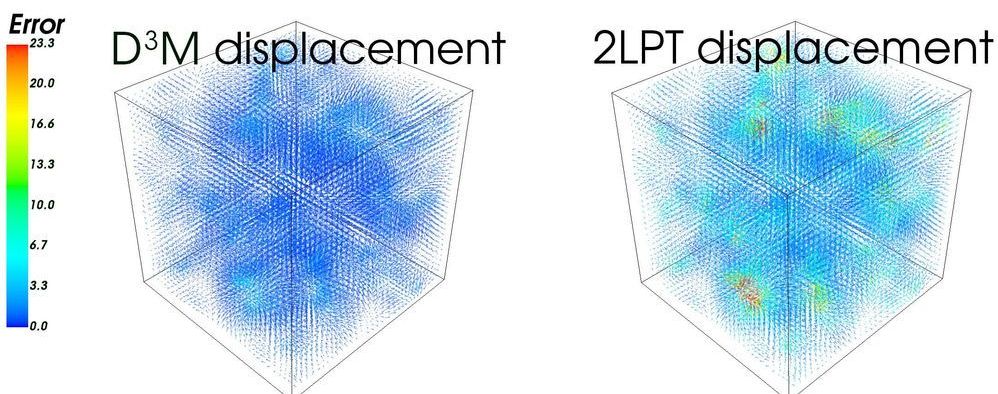

They used to call it RoboBee—a flying machine half the size of a paperclip that could flap its pair of wings 120 times a second. It was always tethered to a power source, limiting its freedom. Now, though, RoboBee becomes RoboBee X-Wing, as Harvard researchers have added solar cells and an extra pair of wings, freeing the robot to blast off to a galaxy far, far away. Or at least partway across the room, as it can sustain flight for only half a second, and only indoors.
But hey, baby steps. The teeniest of quadrotors measure a few inches across and weigh a third of an ounce. RoboBee X-Wing is about the same size as those untethered fliers, but weighs a hundredth of an ounce, which earns it the distinction of being the lightest aerial vehicle to manage sustained untethered flight. One day that could make it ideal for navigating tight, sensitive spaces in a galaxy very, very near.
You’ve read your last complimentary article this month. To read the full article, SUBSCRIBE NOW. If you’re already a subscriber, please sign in and and verify your subscription.
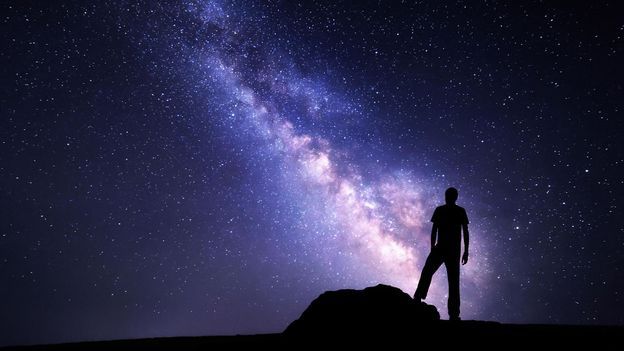
We can never see these more distant regions. Still, the observable Universe alone should be big enough for most people. Indeed, for scientists like Casey and Sheth, it remains a constant source of fascination.
We’re not even at the centre of our Solar System or at the centre of our galaxy
“Everything that we’ve learned about the Universe – how big it is, all the amazing objects that are in it – we do that simply by collecting these photons of light that have travelled millions and millions of light years only to come and die on our detectors, our cameras or radio telescopes,” says Sheth.

Andrei Linde, the Harald Trap Friis Professor of Physics at Stanford University, will give the Applied Physics/Physics colloquium on Tues., May 8, 2018 entitled “Reverse Engineering the Universe.” This lecture will be held in the Hewlett Teaching Center, Room 200.
Event Sponsor:
Applied Physics/Physics Colloquium
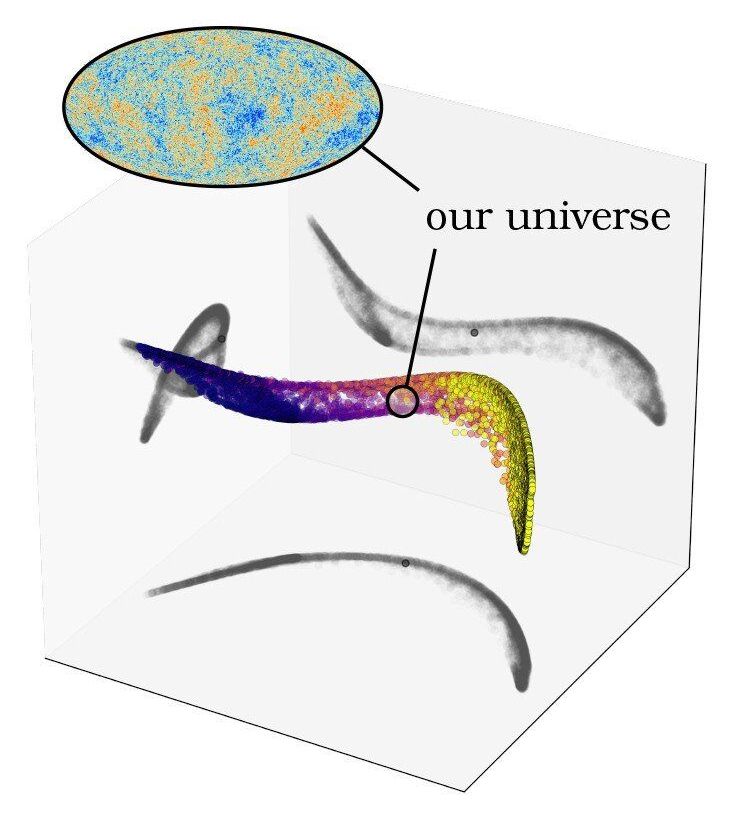
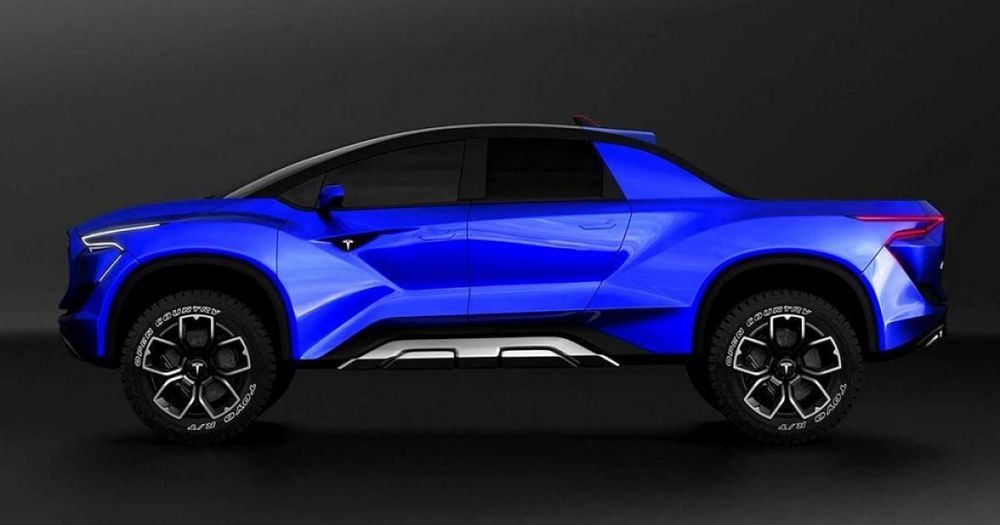
Tesla and the electric cars they produce are renowned for their sleek design and high tech capabilities. There is currently a saloon car (Model S), a budget version (Model 3), an SUV (Model X) and of course, the famous Roadster model which was launched into space by Elon Musk himself. There’s also a mid-sized car which is planned to be released later this year — the model Y, which is in between an S and an X. So, what’s missing from this luxury vehicle line-up? A pickup truck, of course! Tesla’s got that covered as well!
The latest Tesla model that Elon Musk has revealed is an electric pickup truck. Currently, it’s just a rumor and there has been no leak of the design or any details about this truck. That said, there is no shortage of speculation and many people seem to have their own opinions on the appearance of the new Tesla truck. However, one thing that is known is Tesla’s are expensive. Not only the design but the interior and the technology they scream luxury and offer amazing comfort. They are arguably some of the best electric vehicles on the market today but costs can run upwards of $100,000 for the latest models.
So, as anyone would expect, the new pickup truck was predicted to cost in the region of high five-, maybe even low six-figures. However, the price range has been revealed and it’s shocked everyone — apart from the Model 3, this could be one of the cheapest Tesla cars ever produced.
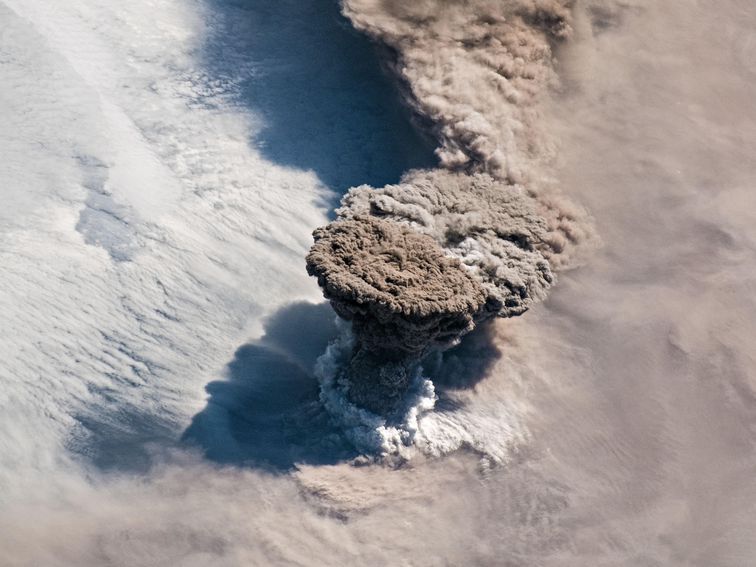

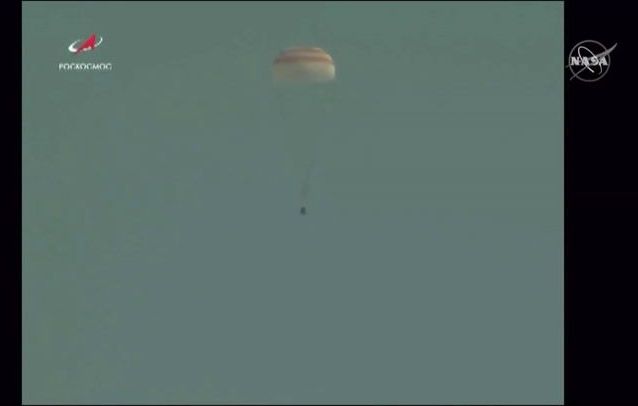
A Russian cosmonaut and astronauts from the United States and Canada have returned to Earth after spending more than 200 days on board the International Space Station.
Oleg Kononenko with the Russian space agency Roscosmos, Anne McClain of NASA and Canadian Space Agency astronaut David Saint-Jacques landed aboard Russia’s Soyuz MS-11 spacecraft on Monday (June 24). Lowered by parachute and slowed by braking thrusters, the capsule touched down southeast of the town of Dzhezkazgan on the steppe of Kazakhstan at 10:47 p.m. EDT (0247 GMT or 8:47 a.m. local time on June 25).
The landing brought to a close the crew members’ 204-day mission, which saw Kononenko, McClain and Saint-Jacques serve on the space station’s 58th and 59th expedition crews. The trio arrived at the orbiting laboratory on Dec. 3, 2018.
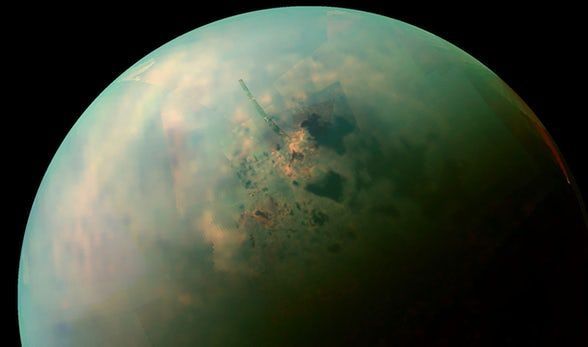
With Earth-like canyons and oceans of liquid methane, Saturn’s moon Titan is one of the most fascinating places in the solar system. To better understand this weird world, scientists recreated Titan’s alien oceans in the lab, producing new types of crystals that don’t occur naturally on Earth but may form a common crust on Titan.